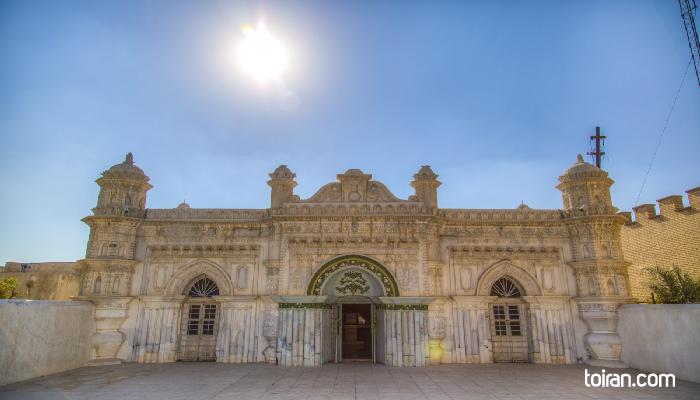Our cities
Explore each city’s unrepeatable delights and mysteries with your own eyes. Learn about the unique history and tales of you preferred city with its landscapes and sites, and much more…
- Abadan
- Abarkooh
- Abyaneh
- Ahvaz
- Amol
- Arak
- Ardabil
- Ardakan
- Astara
- Babol
- Babolsar
- Bam
- Bandar Abbas
- Bandar Anzali
- Birjand
- Borazjan
- Boroujerd
- Bushehr
- Chabahar
- Chalous
- Damghan
- Dezful
- Gorgan
- Hamadan
- Ilam
- Isfahan
- Jiroft
- Kashan
- Kerman
- Kermanshah
- Khorramabad
- Kish
- Lahijan
- Mahan
- Mahmoud Abad
- Maku
- Mashhad
- Meybod
- Naein
- Nour
- Nowshahr
- Oraman
- Qazvin
- Qeshm
- Qom
- Rafsanjan
- Ramsar
- Rasht
- Sanandaj
- Sari
- Semnan
- Shahr-e Kord
- Shahroud
- Shiraz
- Shush
- Shushtar
- Sirjan
- Tabriz
- Tehran
- Tonekabon
- Urmia
- Yasuj
- Yazd
- Zahedan
- Zanjan


It's architecture is different than any mosque you have seen in Iran and when you go inside and see the documents in the museum you kinda go back to the history of this port.